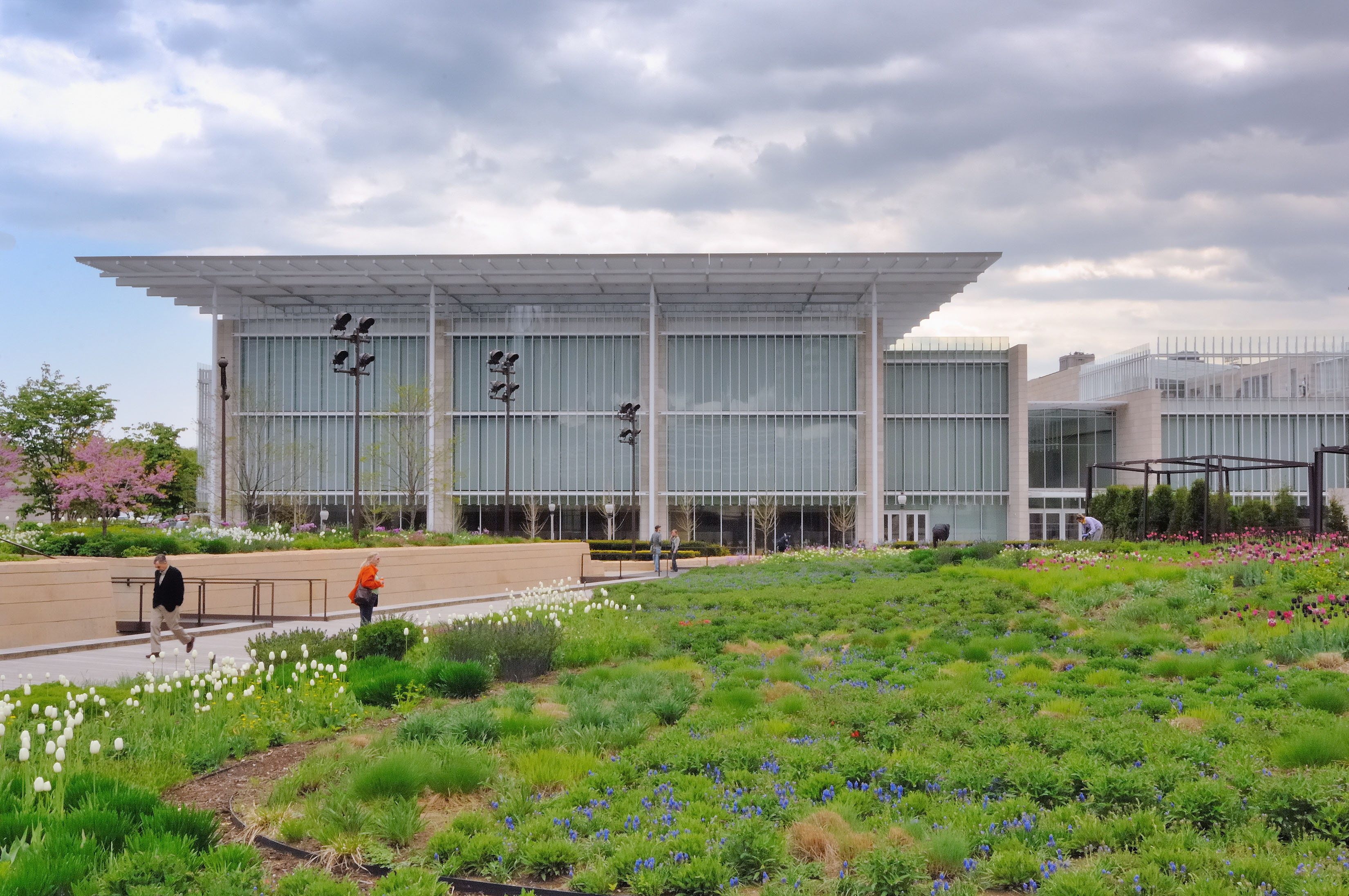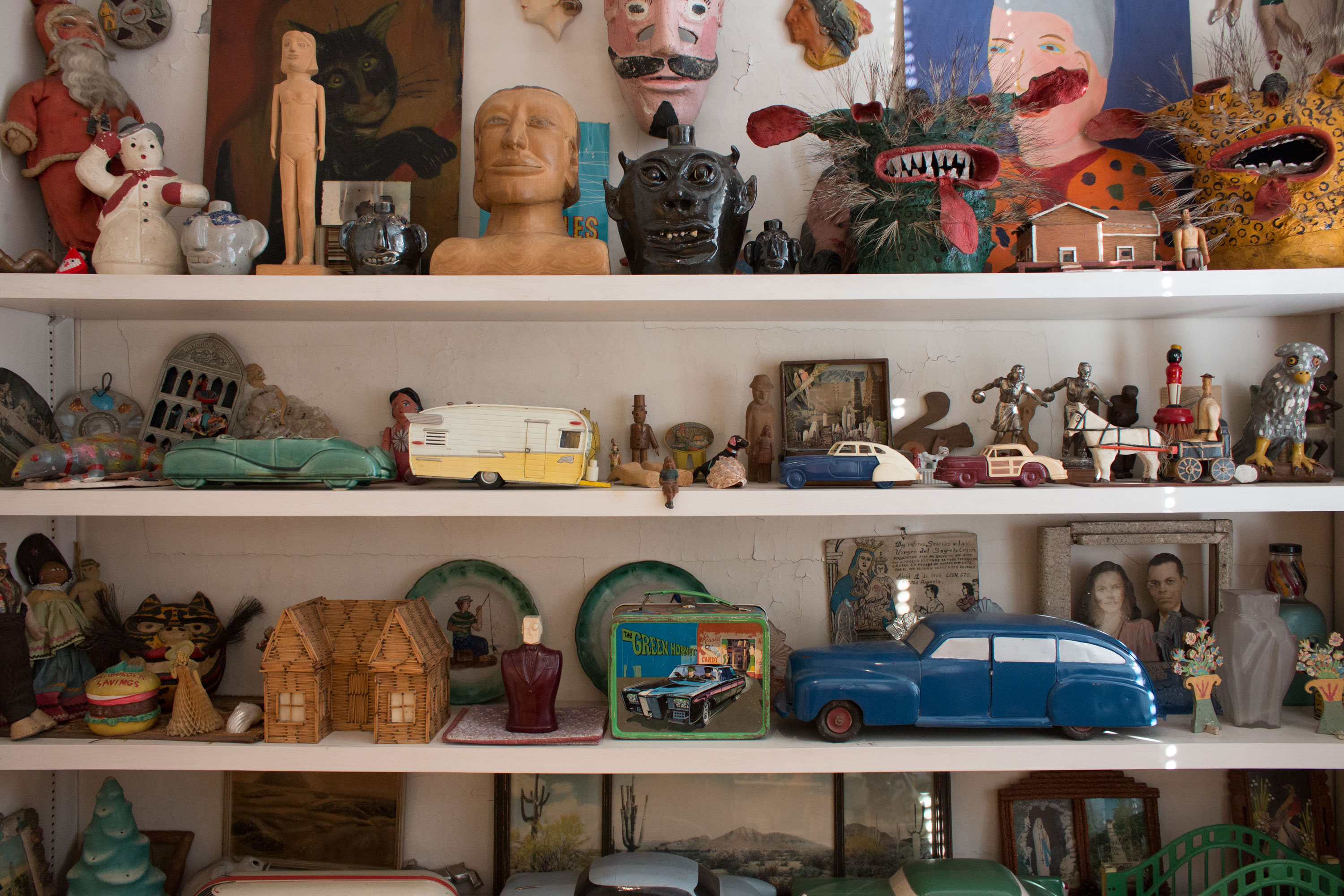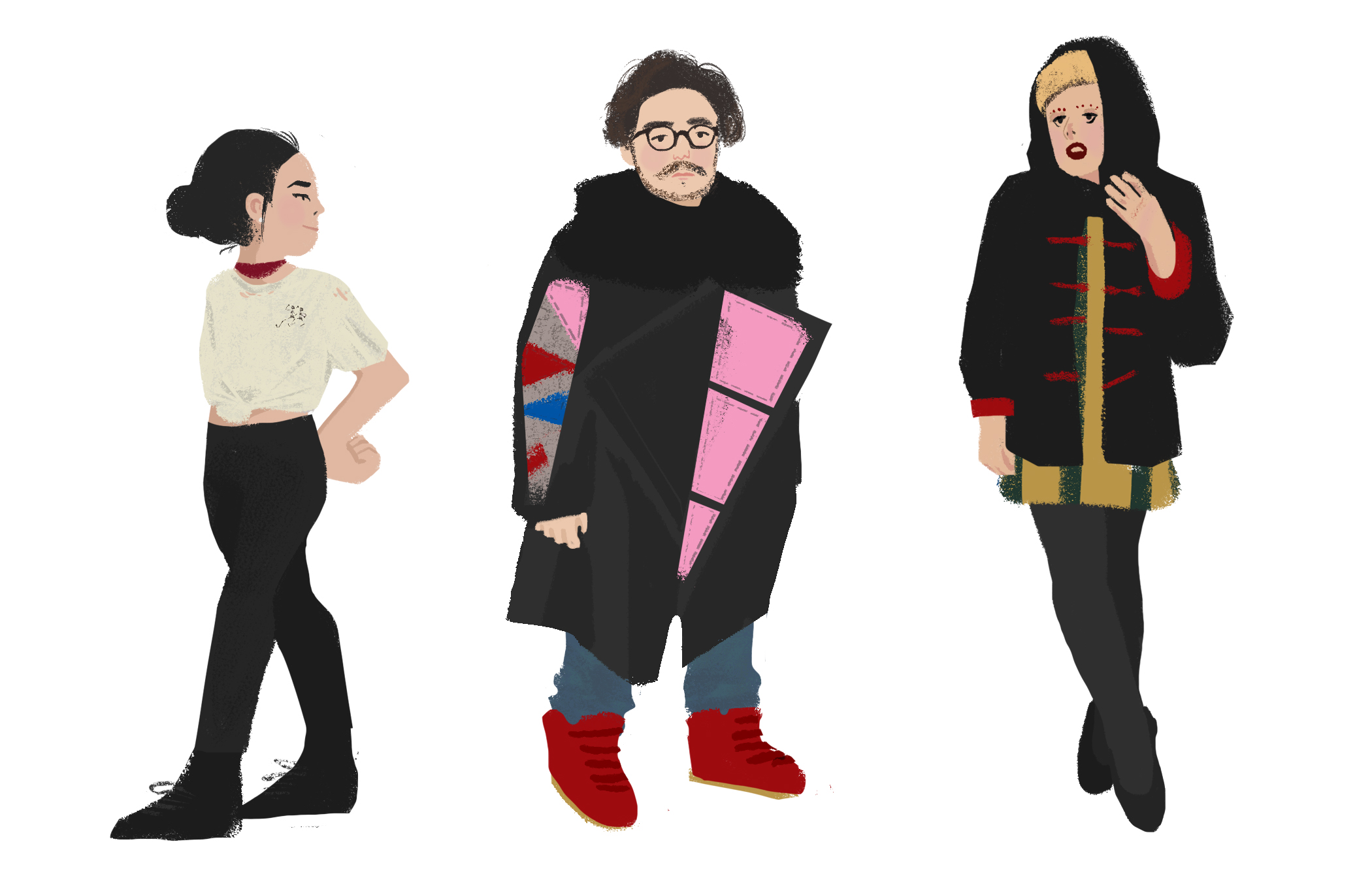
I’m sure we’ve all heard by now: Donald Trump plans to defund the National Endowment for the Arts (NEA). As artists and academics, we know that this would mean less funding for us art worlders; but what exactly does the NEA do and what does it fund? Illinois as a whole was awarded $1,432,500 for 48 grants in 2017.
Chicago:
“7000 Oaks,” a large scale installation by Joseph Beuys received $70,000 for research and planning. The School of the Art Institute of Chicago will be teaming up with the Garfield Park Conservatory to plant 7,000 oak trees around the city, to replace ones that were destroyed by the emerald ash borer beetle.
Black Harvest Film Festival received $10,000 for the screenings and programming.
Chicago Architectural Biennale received $70,000 for programming and exhibitions. The Chicago Architectural Biennale partners with over a hundred organizations and has over 500,000 attendees.
Chicago Architecture Foundation received $35,000 for Open House Chicago, a project that opens architectural spaces to the public and does educational programming about Chicago architecture.
The Chicago Symphony Orchestra received $50,000 for the Civic Orchestra of Chicago to train pre-professional musicians. Under the guidance of Yo-Yo Ma, the Civic Orchestra of Chicago will also perform in many venues, including in low income communities. They also received $75,000 to support programming and education for the 125th anniversary of composer Sergei Prokofiev.
Columbia College Chicago received $30,000 to support the Dance Center of Columbia College Chicago.
Hyde Park Art Center received $25,000 to support their Artist Advancement Series, which includes residencies, exhibitions, and personal development for emerging Chicago artists.
Joffrey Ballet received $25,000 for a new work by Alexander Ekman, a Swedish choreographer, that integrates dance and design.
Lyric Opera Chicago received $65,000 for performances of the opera, “I Puritani.”
Old Town School of Folk Music received $100,000 for its collaboration with the Inner-City Muslim Action Network on a mentorship program for at-risk youth. Students will learn conflict resolution in addition to music, and students who complete the course will receive a free guitar.
Steppenwolf Theatre Company received $60,000 for a new play by Antoinette Nwandu, “Pass Over,” which is based off a Samuel Beckett poem and brings together religious stories and the cycle of violence.
University of Chicago received $20,000 for a ten month artist residency for artists working on themes relevant to the Chicago South Side community.
New York:
The Young Scholars Program at the Pratt Institute received $25,000 to support the after school program for students from underserved communities to learn about art and design.
Scholastic Art and Writing Awards received $25,000 for their exhibition, “ART. WRITE. NOW.”
Alvin Ailey American Dance Theatre received $100,000 to support their 2017 United States tour and outreach.
American Ballet Theatre received $90,000 to support their 2017 United States tour.
Carnegie Hall received $90,000 to support “Three Generations,” a concert series focused on the evolution of music. It’s Weill Music Institute received $30,000 to support their Lullaby Project, which uses music as a tool to support mothers in challenging circumstances.
Columbia University received $30,000 for the Conversations Initiative at Miller Theatre.
DIA Art Foundation received $25,000 for an exhibition of the work of Charlotte Posenenske.
Feminist Press at CUNY received $35,000 to support publication.
The Jewish Museum received $35,000 to support an exhibition of Florine Stettheimer.
The Metropolitan Museum of Art received $50,000 for their exhibition “The Age of Empires: Chinese Art of the Qin and Han Dynasties (221 BC-AD 220),” and coinciding programming.







